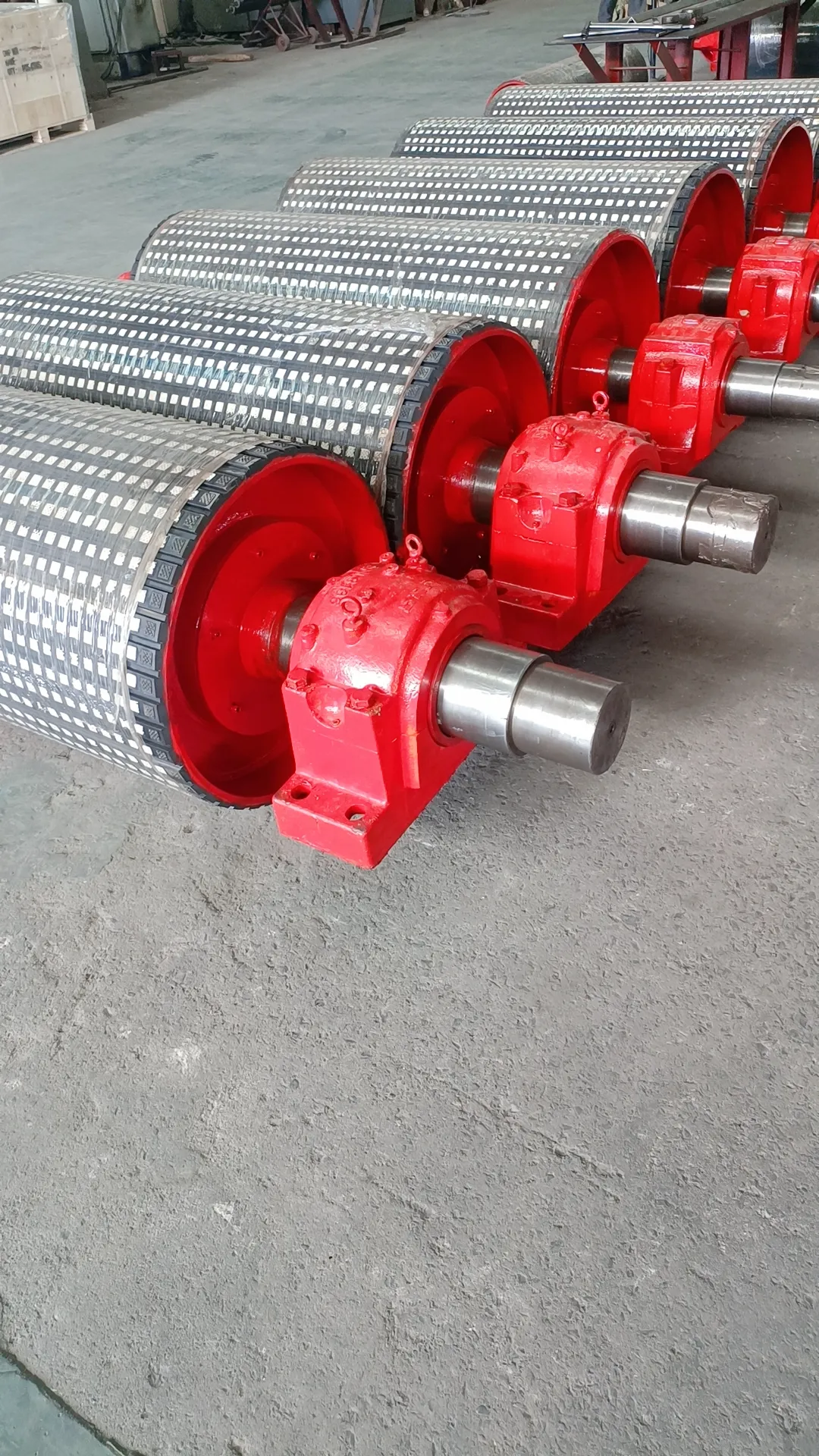 Afrikaans
Afrikaans  Albanian
Albanian  Amharic
Amharic  Arabic
Arabic  Armenian
Armenian  Azerbaijani
Azerbaijani  Basque
Basque  Belarusian
Belarusian  Bengali
Bengali  Bosnian
Bosnian  Bulgarian
Bulgarian  Catalan
Catalan  Cebuano
Cebuano  Corsican
Corsican  Croatian
Croatian  Czech
Czech  Danish
Danish  Dutch
Dutch  English
English  Esperanto
Esperanto  Estonian
Estonian  Finnish
Finnish  French
French  Frisian
Frisian  Galician
Galician  Georgian
Georgian  German
German  Greek
Greek  Gujarati
Gujarati  Haitian Creole
Haitian Creole  hausa
hausa  hawaiian
hawaiian  Hebrew
Hebrew  Hindi
Hindi  Miao
Miao  Hungarian
Hungarian  Icelandic
Icelandic  igbo
igbo  Indonesian
Indonesian  irish
irish  Italian
Italian  Japanese
Japanese  Javanese
Javanese  Kannada
Kannada  kazakh
kazakh  Khmer
Khmer  Rwandese
Rwandese  Korean
Korean  Kurdish
Kurdish  Kyrgyz
Kyrgyz  Lao
Lao  Latin
Latin  Latvian
Latvian  Lithuanian
Lithuanian  Luxembourgish
Luxembourgish  Macedonian
Macedonian  Malgashi
Malgashi  Malay
Malay  Malayalam
Malayalam  Maltese
Maltese  Maori
Maori  Marathi
Marathi  Mongolian
Mongolian  Myanmar
Myanmar  Nepali
Nepali  Norwegian
Norwegian  Norwegian
Norwegian  Occitan
Occitan  Pashto
Pashto  Persian
Persian  Polish
Polish  Portuguese
Portuguese  Punjabi
Punjabi  Romanian
Romanian  Russian
Russian  Samoan
Samoan  Scottish Gaelic
Scottish Gaelic  Serbian
Serbian  Sesotho
Sesotho  Shona
Shona  Sindhi
Sindhi  Sinhala
Sinhala  Slovak
Slovak  Slovenian
Slovenian  Somali
Somali  Spanish
Spanish  Sundanese
Sundanese  Swahili
Swahili  Swedish
Swedish  Tagalog
Tagalog  Tajik
Tajik  Tamil
Tamil  Tatar
Tatar  Telugu
Telugu  Thai
Thai  Turkish
Turkish  Turkmen
Turkmen  Ukrainian
Ukrainian  Urdu
Urdu  Uighur
Uighur  Uzbek
Uzbek  Vietnamese
Vietnamese  Welsh
Welsh  Bantu
Bantu  Yiddish
Yiddish  Yoruba
Yoruba  Zulu
Zulu Belt Tensioner Idler Roller for Efficient Conveyor System Performance
Understanding Belt Idler Rollers Function and Importance
Belt idler rollers play a crucial role in the operation of various transport systems, particularly in industries that rely on conveyor belts. These rollers are essential components that help maintain the efficiency and effectiveness of conveyor systems, which are vital for transporting materials in settings ranging from mining and manufacturing to logistics and food processing. This article delves into the function, types, advantages, and maintenance of belt idler rollers, providing a comprehensive overview of their significance in industrial operations.
Function of Belt Idler Rollers
At its core, a belt idler roller serves several essential functions in a conveyor system. Primarily, it supports the belt and helps maintain its tension and alignment as it travels over the rollers. Idler rollers also assist in guiding the belt around necessary curves or turns, ensuring it moves smoothly and efficiently. Furthermore, they minimize the wear and tear on both the conveyor belt and the underlying structure, promoting longevity and reducing operational costs.
Belt idler rollers reduce friction between the moving belt and the structure, which can lead to a smoother operation. This reduction in friction also decreases the energy needed to drive the belt, making the entire system more efficient. In manufacturing and material handling processes, where precision and reliability are paramount, idler rollers help ensure that products are transported consistently from one point to another, enhancing productivity.
Types of Belt Idler Rollers
There are various types of belt idler rollers designed for specific applications and environments. Some common types include
1. Return Rollers Positioned beneath the conveyor, these rollers support the empty conveyor belt as it returns to the loading point, preventing sagging and ensuring smooth movement.
2. Impact Rollers These rollers are designed to absorb shock and minimize damage in areas where heavy loads are transported. They help protect both the conveyor belt and the structure from the impacts of falling materials.
3. Guide Rollers Found at transition points, guide rollers help direct the belt and maintain its alignment, particularly in areas where the conveyor system changes direction.
4. Training Rollers Also known as pulley rollers, these are specifically designed to keep the belt centered during operation, helping to prevent misalignment and potential damage.
Each type of idler roller serves a unique purpose, tailored to the specific demands of different industrial applications.
belt idler roller

Advantages of Belt Idler Rollers
The incorporation of belt idler rollers into conveyor systems presents several advantages
- Enhanced Efficiency By reducing friction and wear, idler rollers contribute to the overall efficiency of the conveyor system, minimizing energy consumption and operational costs.
- Increased Longevity Well-designed idler rollers extend the lifespan of both the conveyor belt and the equipment, resulting in lower maintenance and replacement costs.
- Operational Reliability With the ability to maintain tension and alignment, belt idler rollers help ensure consistent operation, reducing the likelihood of downtime caused by belt slip or misalignment.
- Versatility Idler rollers are applicable across a wide variety of industries and environments, making them suitable for handling diverse materials and weight ranges.
Maintenance of Belt Idler Rollers
Proper maintenance of belt idler rollers is essential to ensure their longevity and effectiveness. Regular inspection of the rollers for wear and tear is crucial. Signs of damage or misalignment can lead to significant operational issues if not addressed promptly. Lubrication of the bearings is another important maintenance step, as it reduces friction and wear, extending the lifespan of the rollers.
Additionally, monitoring the overall tension and alignment of the conveyor belt is vital for the efficient operation of the idler rollers. Any misalignment can cause excessive wear on the rollers and the belt, leading to costly repairs and downtime.
Conclusion
Belt idler rollers are indispensable components of conveyor systems, playing a vital role in ensuring smooth and efficient material handling in various industries. By understanding their functions, types, advantages, and maintenance needs, businesses can optimize their conveyor systems, enhance productivity, and reduce operational costs. The proper selection and upkeep of these rollers can lead to significant improvements in industrial operations, demonstrating the importance of investing in high-quality belt idler rollers.
-
Revolutionizing Conveyor Reliability with Advanced Rubber Lagging PulleysNewsJul.22,2025
-
Powering Precision and Durability with Expert Manufacturers of Conveyor ComponentsNewsJul.22,2025
-
Optimizing Conveyor Systems with Advanced Conveyor AccessoriesNewsJul.22,2025
-
Maximize Conveyor Efficiency with Quality Conveyor Idler PulleysNewsJul.22,2025
-
Future-Proof Your Conveyor System with High-Performance Polyurethane RollerNewsJul.22,2025
-
Driving Efficiency Forward with Quality Idlers and RollersNewsJul.22,2025





























